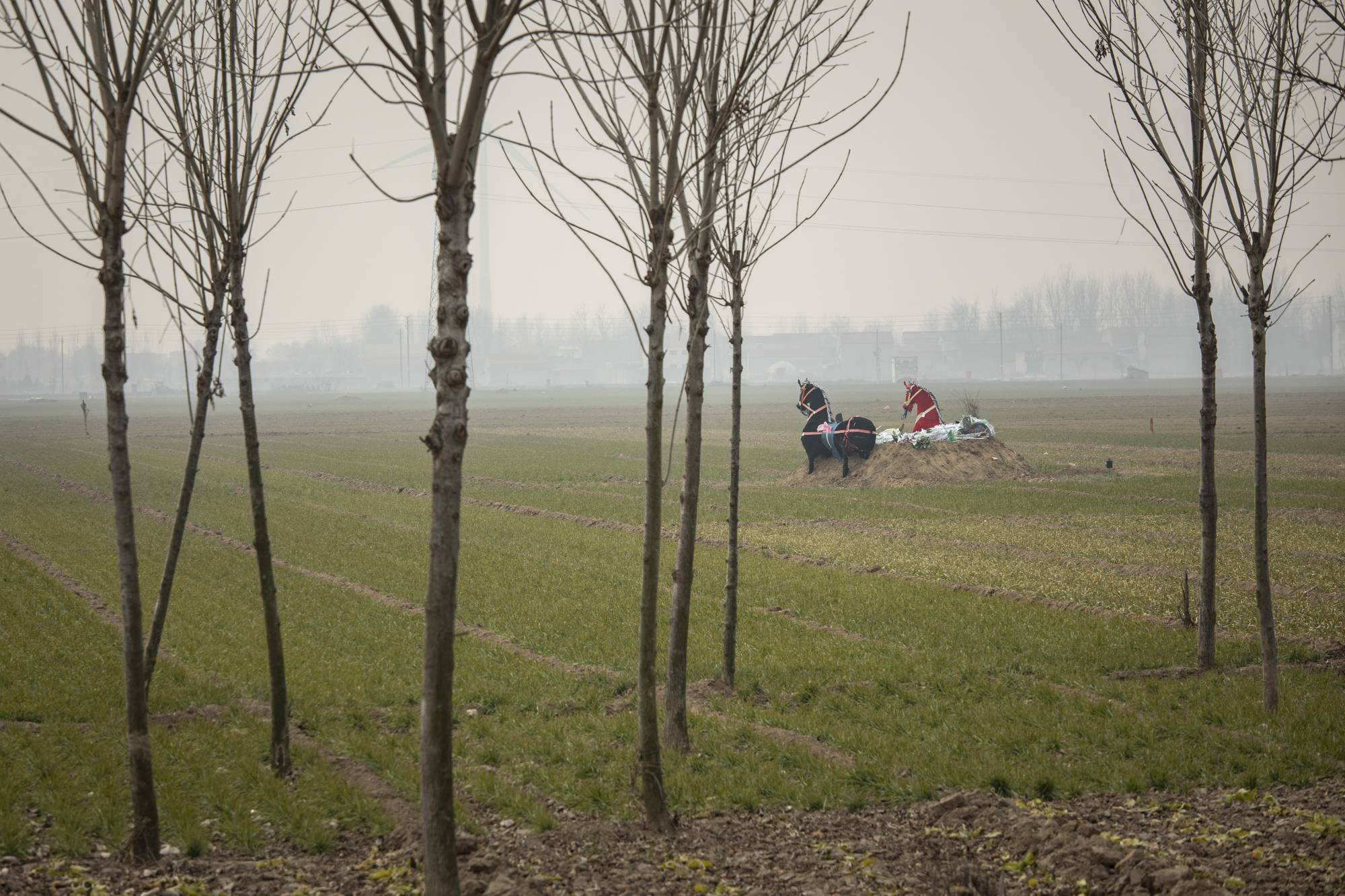The infections in Dadi Village, a corn farming community tucked between verdant hills in China’s remote southwest, started in early December when a handful of young people returned from jobs in big cities.
The nearest hospital was an hour away, and few could afford the $7 bus fare there. The village clinic is not equipped with oxygen tanks or even an oximeter to detect if someone’s blood is dangerously deprived of oxygen. It quickly ran out of its stockpile of five boxes of fever medicine, so officials told sick residents to stay home and drink lots of water.
For three years, the villagers had avoided the worst of the coronavirus pandemic. But late last year, COVID-19 infections surged across China, forcing the government to abandon its stringent, yet ultimately futile, policy of mass lockdowns. It was only a matter of time before the virus wound its way out of the cities and arrived in poorer rural areas like Dadi, in Guizhou province, with the barest of medical care.

















With your current subscription plan you can comment on stories. However, before writing your first comment, please create a display name in the Profile section of your subscriber account page.